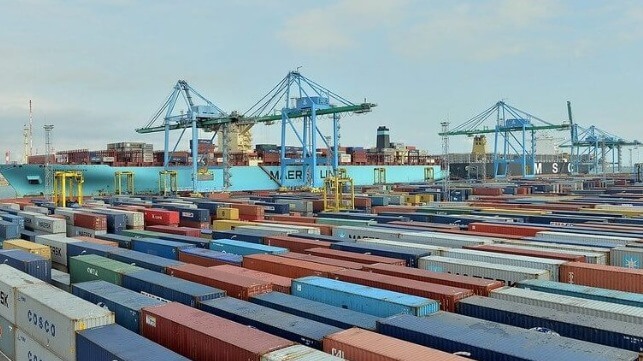Major European Ports are Experiencing Congestion Challenges

While congestion may be easing at key ports in US, the problem is far from over in ports in other parts of the world, especially Europe.
In a market update last week, Hapag Lloyd indicated that it would introduce congestion surcharges at two French ports.
“The congestion at Le Havre and Fos- Sur- Mer has reached critical levels. Therefore, a congestion surcharge is coming into effect, applicable for all import and export truck carrier haulage moves, for all container types,” read a statement by Hapag Lloyd.
In addition, other major European terminals are also witnessing reduced productivity, primarily caused by labor shortages and port congestion.
Although port operations at Antwerp remain stable, the upcoming holiday season could lead to reduced labor availability. The average yard utilization stands at 80 percent, an indication that most of the storage at the port is occupied.
An almost similar situation is visible at Europe Container Terminals (ECT), Rotterdam where yard space is up to 85 percent full, while reefers are at 100 percent of the plug utilization. Long dwell times are also observed for transshipment and import cargo, though there is improvement in pick-up rates.
At the Container Terminal Burchardkai (CTB) Hamburg, Germany, ongoing labor disputes are causing delays and container backlogs. Currently, the yard utilization stands at 83 percent, mainly due to longer port stay time and longer pick-up times for the imports.
In Southampton Port, London, used yard space is at 81 percent, but the situation is manageable at reefer terminal, with only 65 percent of space utilized.
Remarkably, there is sufficient labor deployed at London Gateway Port. The overall situation is at a good level despite the port having a busy vessel line-up.
In many other parts of Europe, including Poland, Denmark, Sweden and Finland, limited trucking availability continues to hamper the movement of goods.
